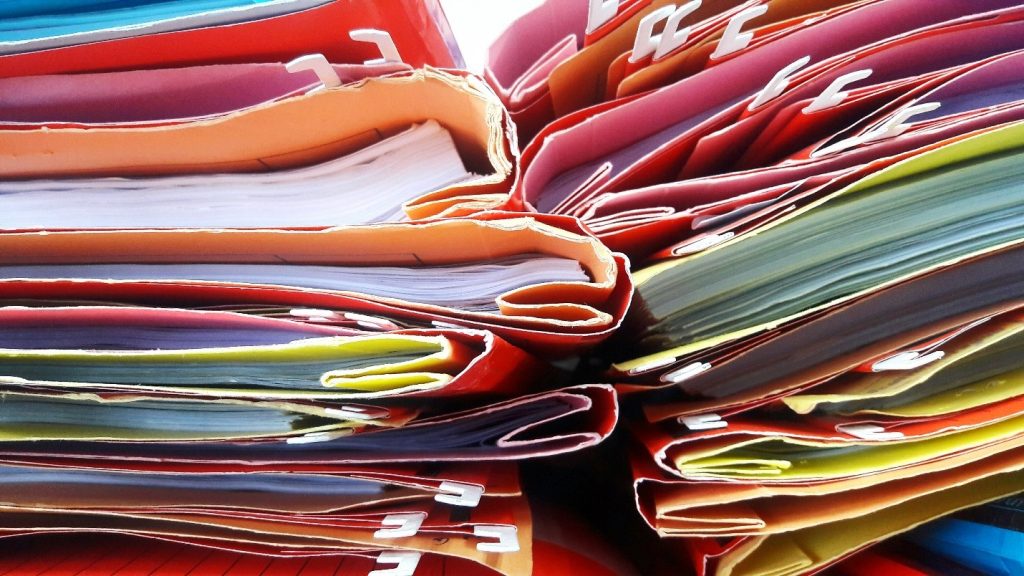Or: Don’t leave your checklist out in the rain
As recent items in the news have illustrated, control of documentation, especially records, can be a challenge for any organization. What follows are examples of poor document control along with suggestions for improvement.
Part Three: Records and Document Retention
Records are indicators or what an organization has done, or the results that have been achieved. Examples are completed checklists, measurements, minutes, test results, and reports of various types and origins. In order for records to be useful they must be accessible when needed, legible, and complete.
File names should describe the contents rather than just being a “Copy of Template.” It can be helpful to include the date and purpose of the record, such as “Minutes of Environment Committee January 2023.”

Printed copies:
It is inevitable that at some point a printed or hard copy will be needed. Unfortunately, all too often the printed copies remain far beyond the time in which they are useful. Guidance documents such as policies and procedures often remain posted or available even after new versions have been created. This can be a problem when ensuring that the proper method is used, machine settings are correct, the latest version of a form is filled out and so on. An old copy in a binder or a bottom drawer might be pulled out because it is easier than logging into the computer. Similarly, a third (fourth, fifth…) generation photocopy of a checklist might be used because it is easier than downloading and printing the most up to date.
Treat printed copies as a necessary evil. Print only when needed, collect after use, and file records away in proper storage as soon as possible. Use distribution lists to track required printed copies and their locations, such as posted copies of evacuation maps.
Anything posted should clearly identify the document, revision level, and approval. Protect printed copies that are needed for daily use – if a forklift goes out into the yard exposed to rain and snow, then having copies of the daily checklist stored on an onboard clipboard is not going to be effective.
Work related and personal documents:
In the work-from-home world of our new reality, the spare bedroom, basement, dining table, or couch have become the office for at least some of the time. The result is that, over time, personal documents become intermingled with those for work. Especially in a situation where documents need to be carried back and forth between workspaces, it is easy for them to become stacked together, moved together, and eventually stored away together.
To beat this, put paperwork into clearly labelled folders by client, project, school, car, house, etc. If personal e-mails are received on a work account (or vice versa), set up folders for these as well.

Personnel changes:
One final note is that many document control issues are the result of personnel changes. If someone leaves the organization, whether they resigned, retired, or were fired, it is important to ensure that they only retain their personal documents (see above). Other issues can happen if someone changes roles, offices, or locations while remaining in the organization. They should only retain documents that are relevant to the new role or location.
Proper identification and storage of all documents and records, whether hard or soft copies, can help to minimize the risk that records end up in the wrong office, at home instead or work, or in other locations.
To follow: Part Four on Control Charts, Databases, and other records that provide direction.
